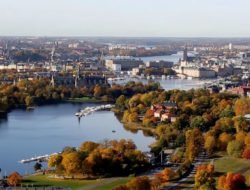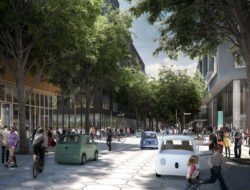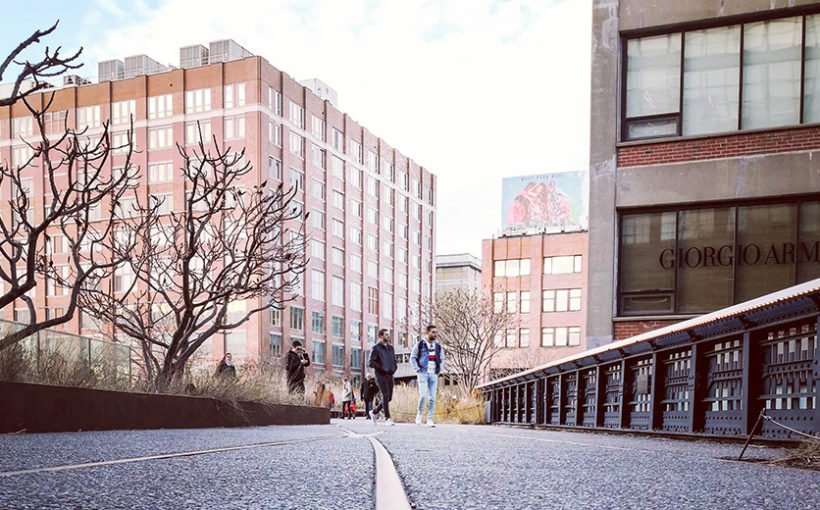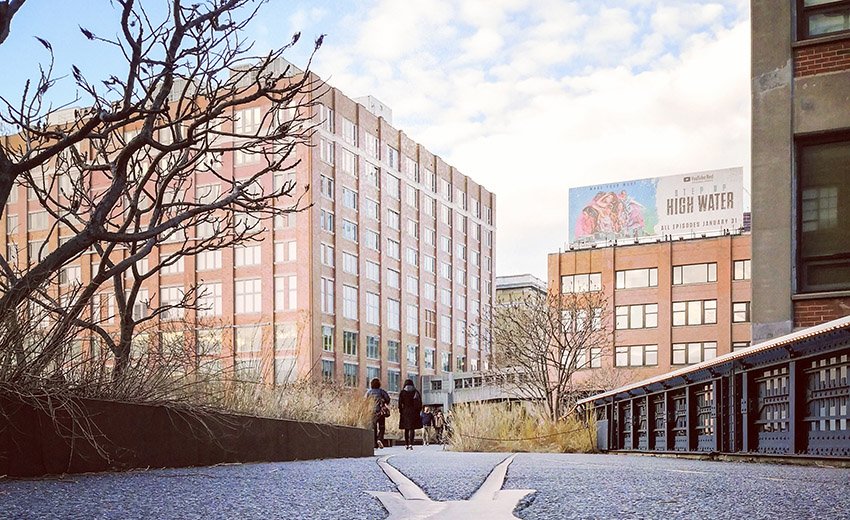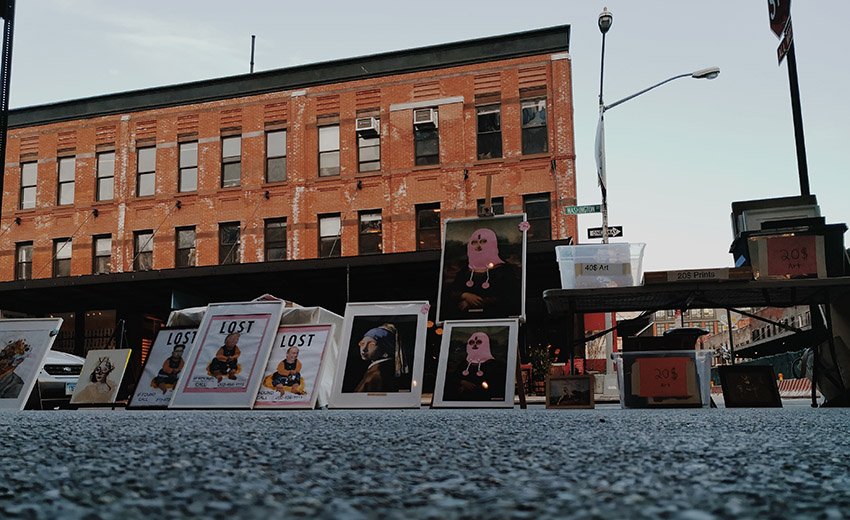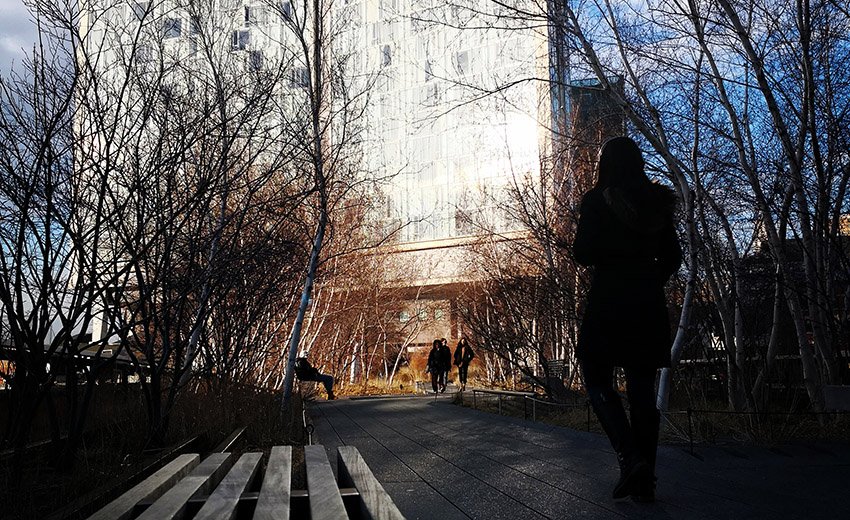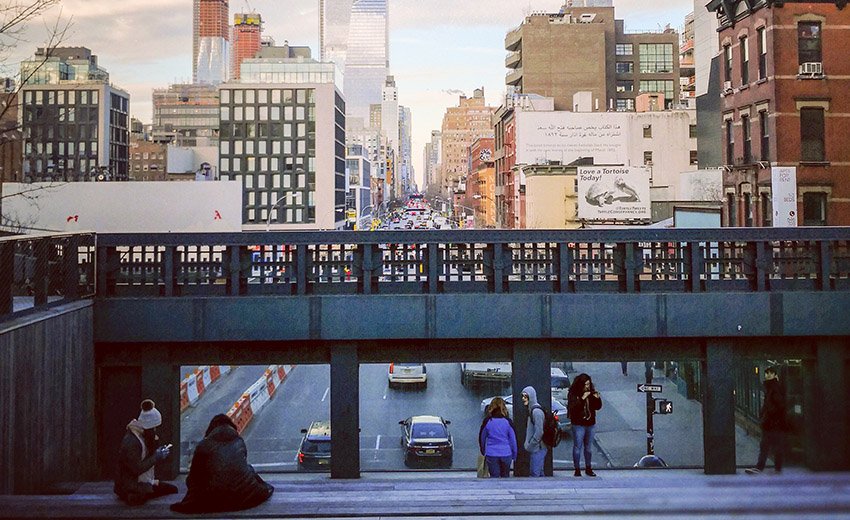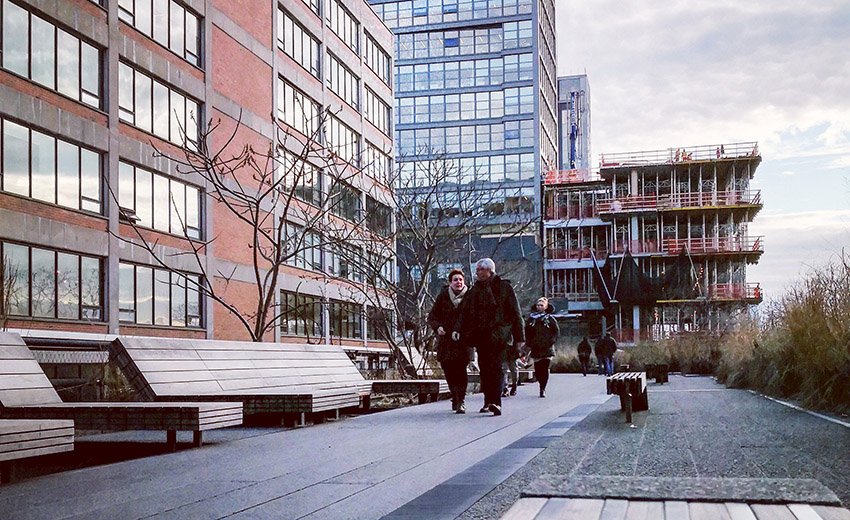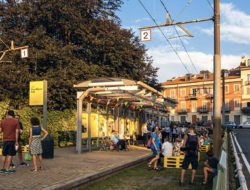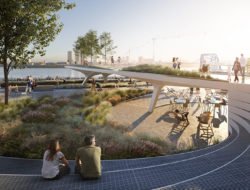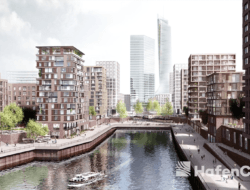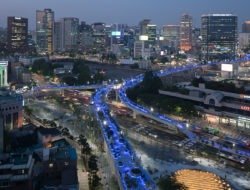Completely vegetated, the High Line symbolises the dynamic and future-oriented face of New York. In ten years, this suspended walkway has given life to a whole new neighbourhood.
In the twenty-first century, the High Line in New York, an elevated park built on an old tramline, which opened in June 2009, has been one of the first projects to capture the ambition of placemaking in urban planning. It is the culmination of the conversion of the Meatpacking District, a former industrial district where warehouses that were home to slaughterhouses have been rehabilitated to become fancy showrooms.
The slaughterhouses were relocated to the Bronx and replaced by art galleries, a slew of trendy bars, posh restaurants, shops, fashionista boutiques and functional and comfortable high-tech hives. Even Samsung has its NYC showcase here. In these warehouses, the old red brick walls, the visible plumbing, and sometimes even the brackets on which the meat was suspended, have all been preserved. And this “retro factory” style pleases. As opposed to the Rockefeller Center and the Donald Trump Towers.
Despite the picturesque hoists and elevators of the beginning of the industrial era, in spite of the port facilities and the Hudson River, the neighbourhood is the new place to be in NYC. But nothing would have happened if the Meatpacking District was not crossed by a green corridor, the famous High Line, built on an old railway line. “Rather than destroying this historic landmark, we have preferred to keep it and to make it one of the most innovative parks in the world”, said Michael Bloomberg, the New York mayor, at the inauguration of the first section up to 20th Street, in June 2009. The view over the Hudson River and the Manhattan skyscrapers from this 10-metre high elevated garden, is breath-taking. One you can enjoy lying on one of the wooden loungers fixed into the rails, overlooking a building in Le Corbusier style. That’s a new hotel called The Standard, a true architectural feat playing with retro.
A city within the city
Behind the hotel currently rises the largest private real estate project in the history of the United States since the Rockefeller Center: Hudson Yards, a staggering 1.6 million square metres. Its futuristic towers (some of which are still under construction) will host offices, 4,000 housing units, a hotel, a dozen restaurants, hundreds of shops and even an observatory perched on the 100th floor, announced for 2019. The centrepiece of this new neighbourhood: The Vessel, a metal structure of 154 interconnected stairs, distributed over 16 floors. The monument, almost on the verge of being completed, is announced as the “New York Eiffel Tower”.
A true “city within the city”, Hudson Yards is built on two huge slabs of concrete and steel, whose foundations have been laid between the rails and the tunnels without disrupting rail traffic. A technical feat. No. 30 will host the second tallest office tower in Manhattan – 15m higher than the Empire State Building – including a panoramic observation platform at 335m above the ground. A futuristic cultural centre, named The Shed, will open its doors at no. 15. “The building can be enlarged, reduced or divided thanks to its removable shell,” explains its architect, David Rockwell. But the most innovative is what we do not see – the kilometres of optical fibre, satellites, antennas, and millions of electronic sensors… Hudson Yards wants to be a smart city, “a model for the urban experience in the 21st century”, claims the glossy brochure. The buildings will reduce their energy consumption by 30%. Sensors will analyse the noise, air quality and the flow of the 24 million tourists expected as early as 2019, in real time.
Tags: High Line, Hudson Yards Meatpacking District, New York, placemaking

































